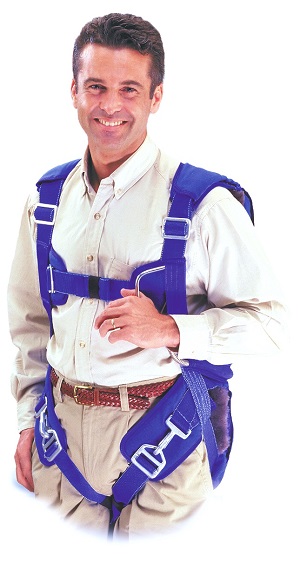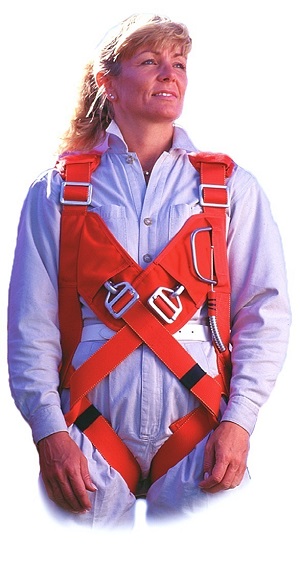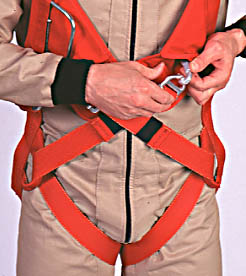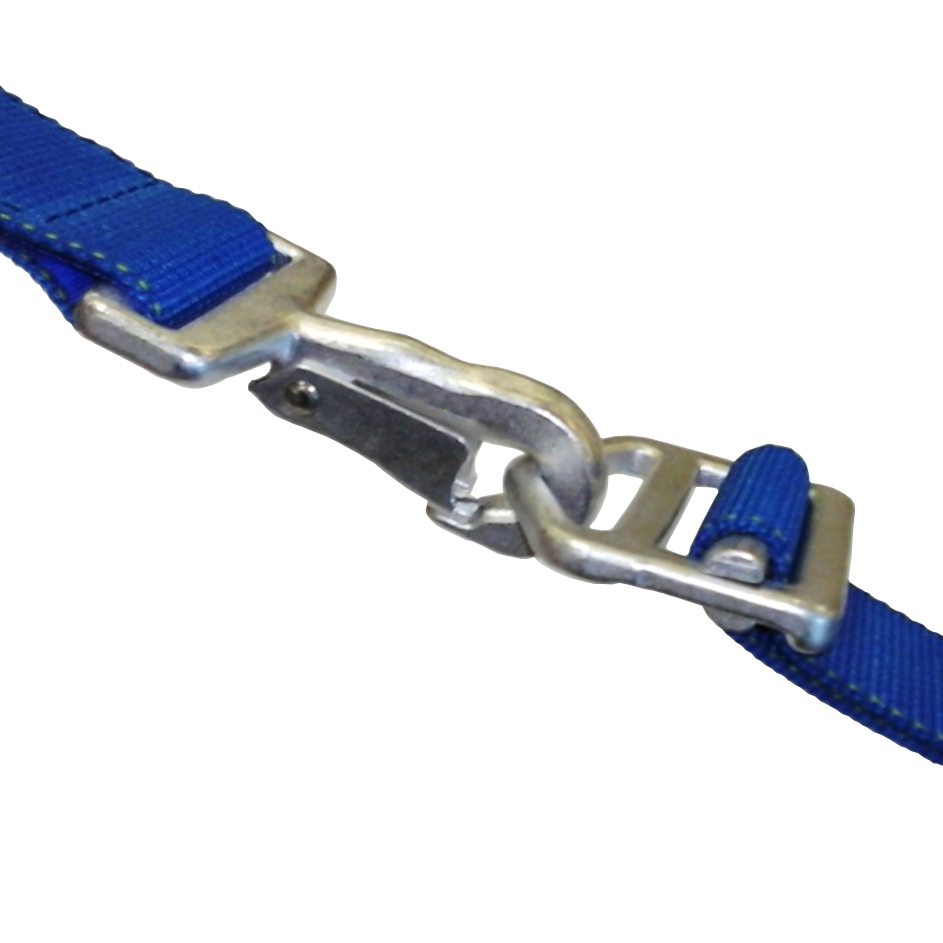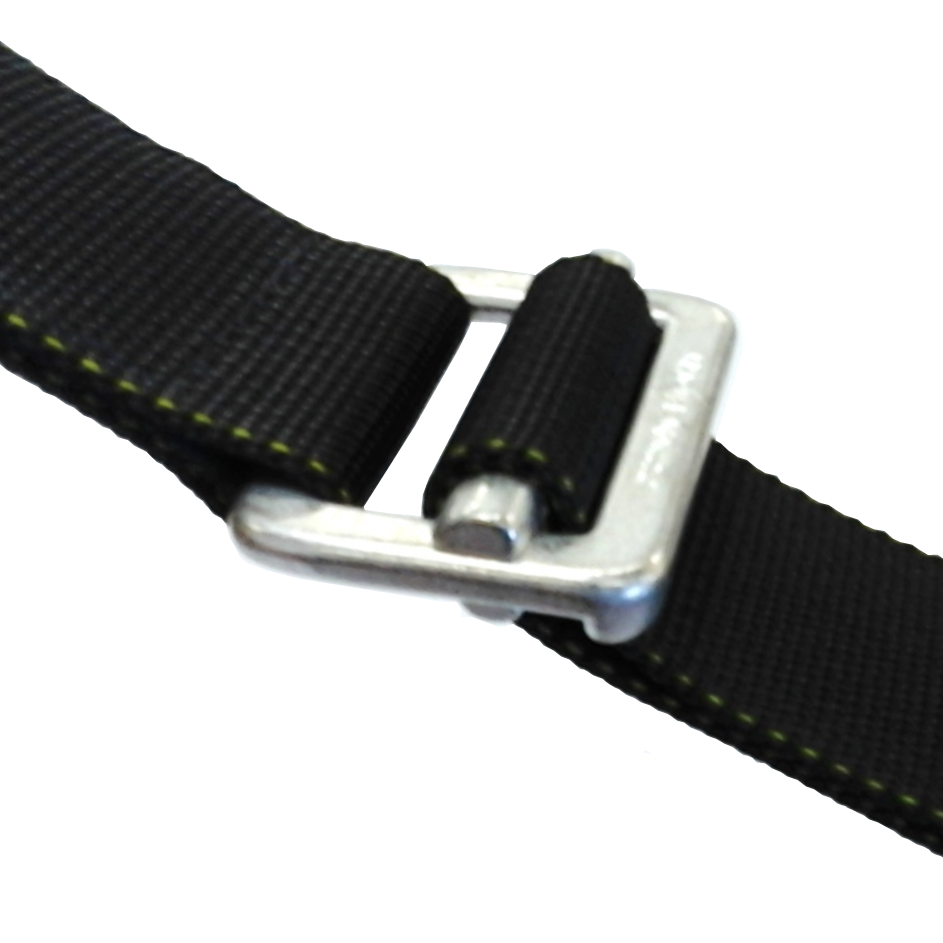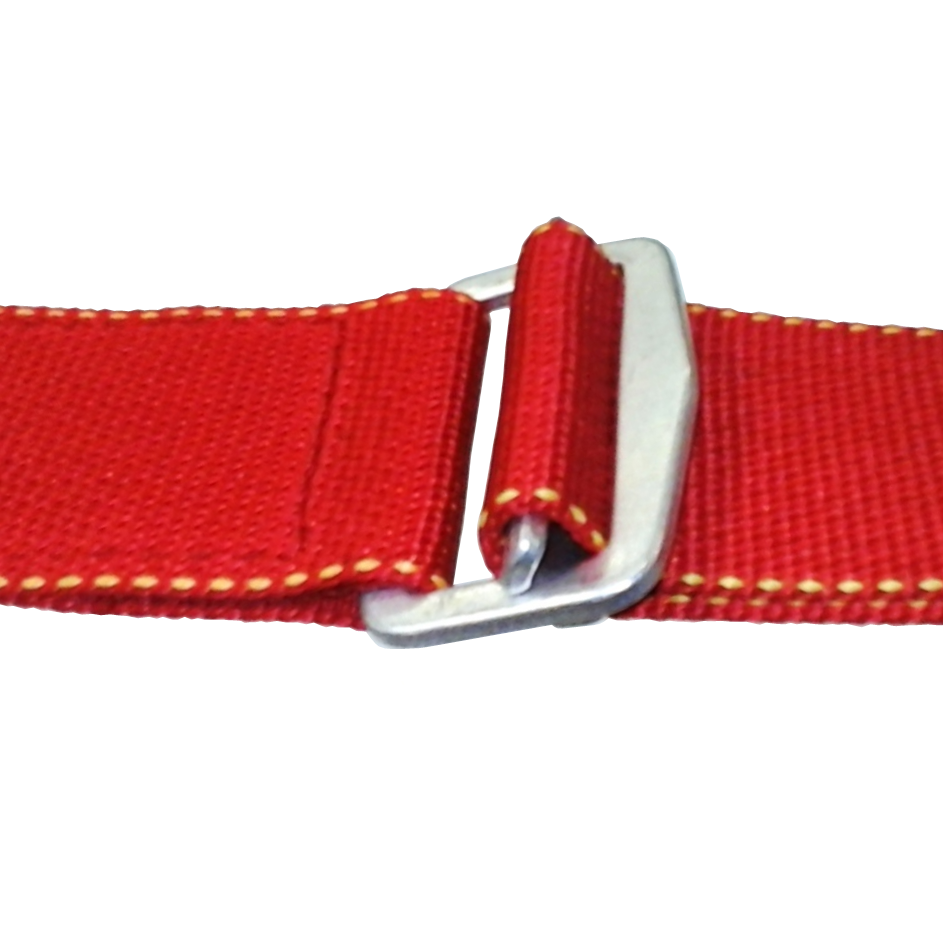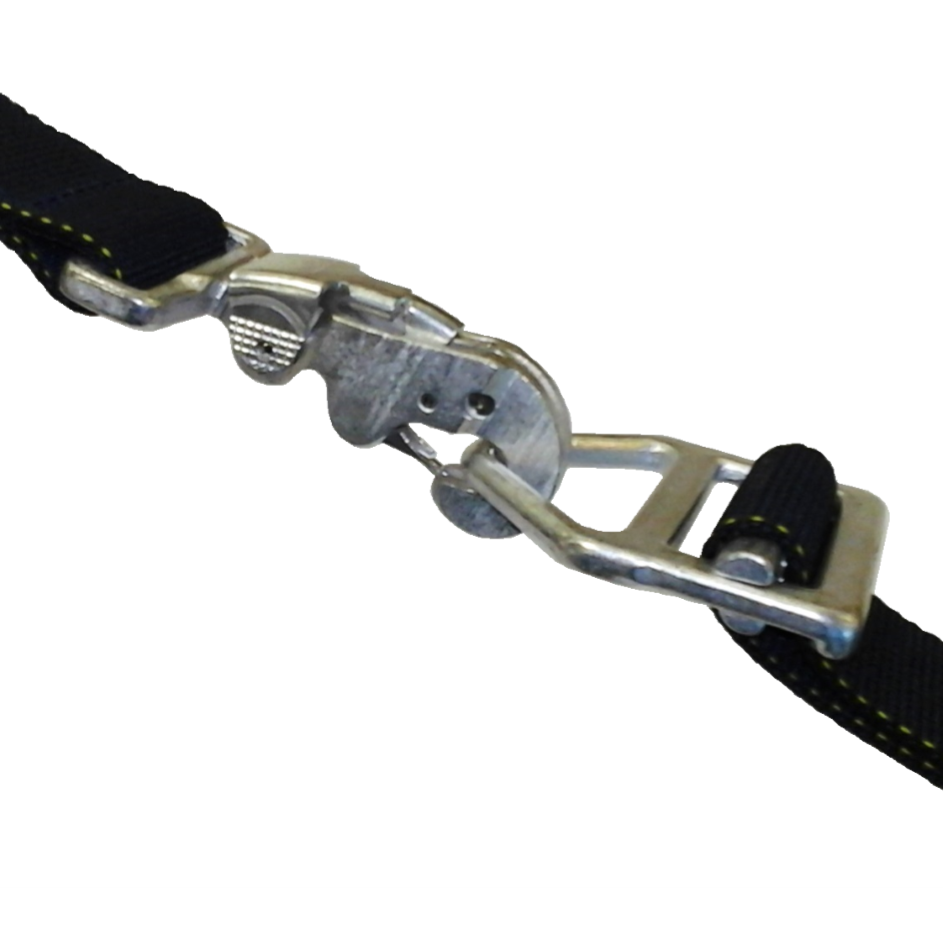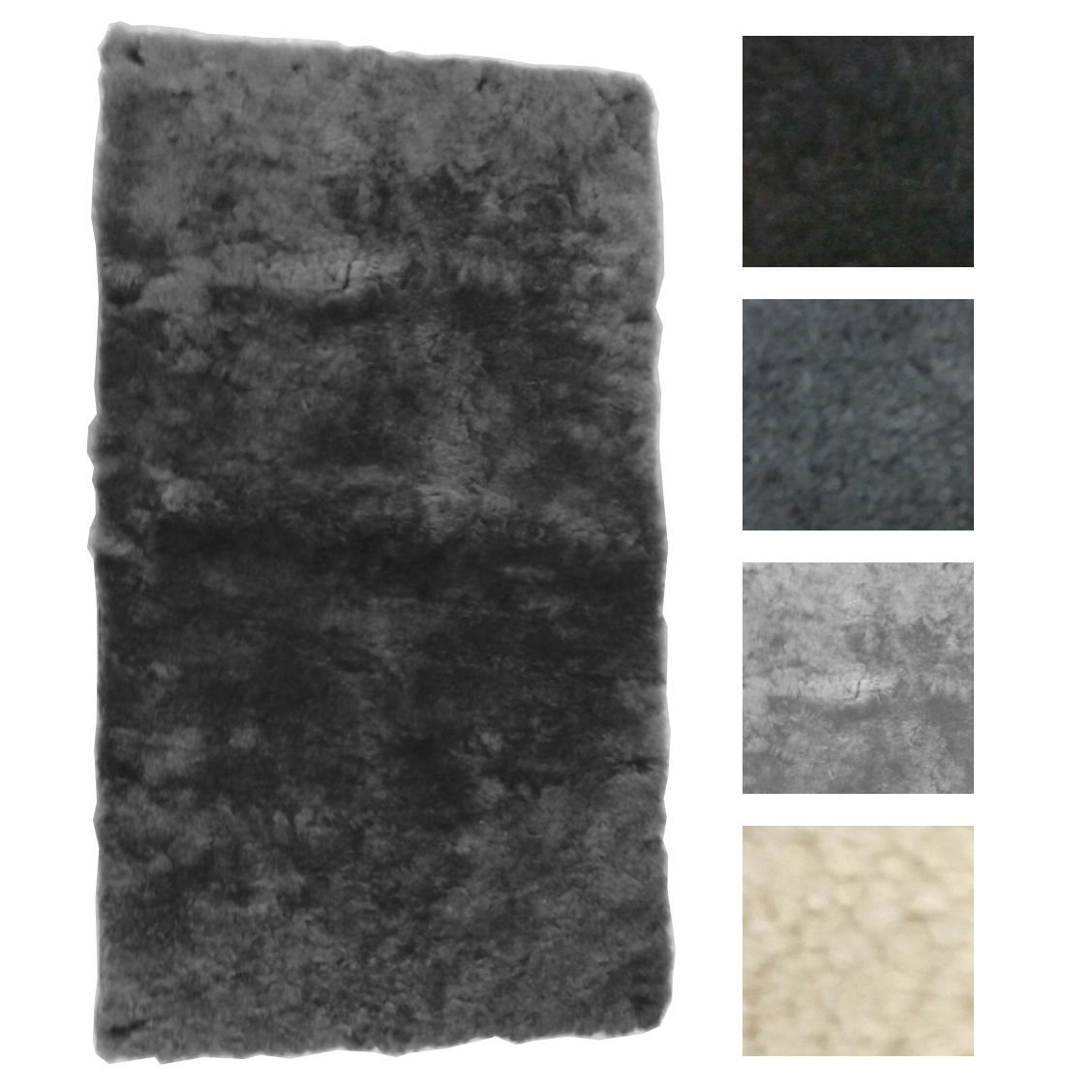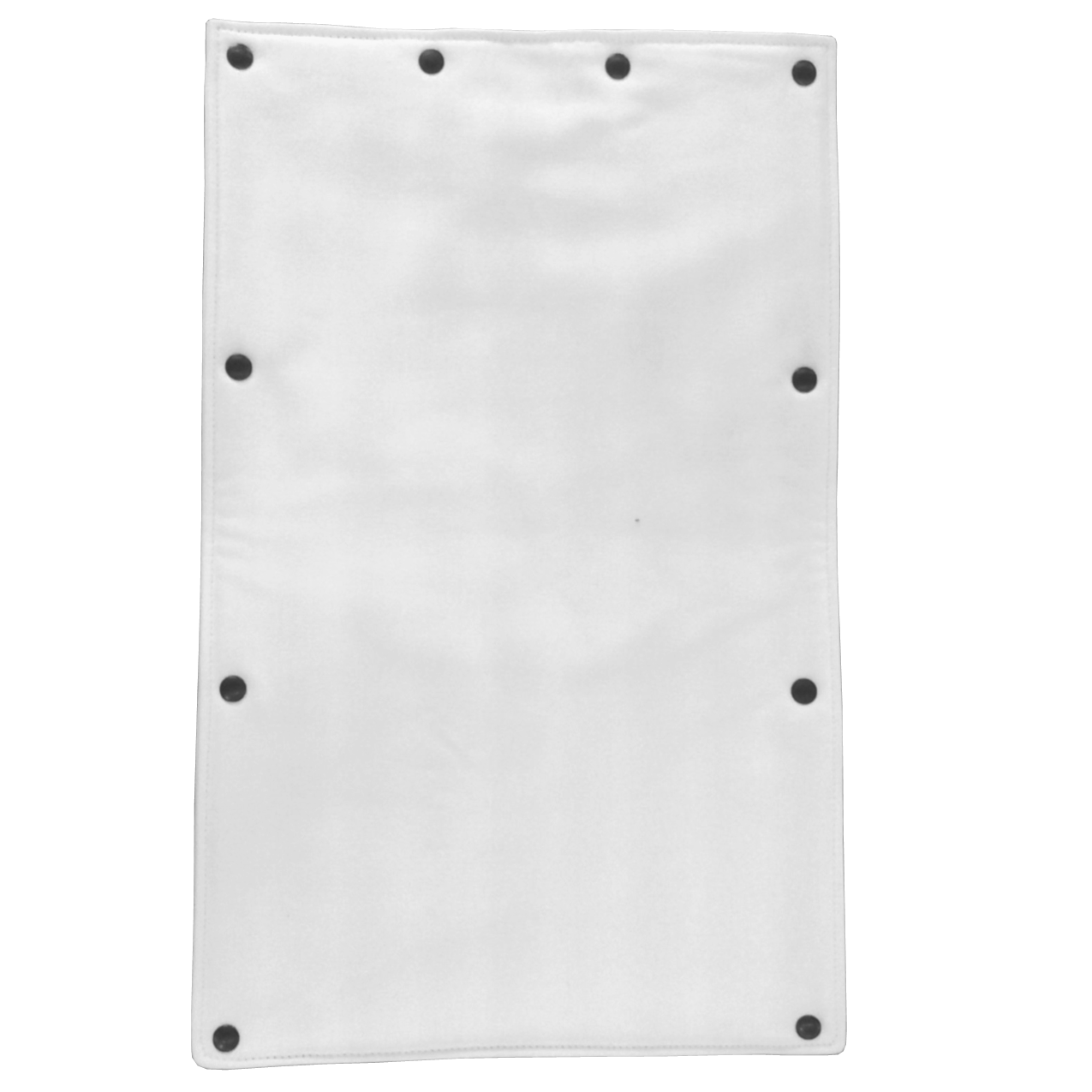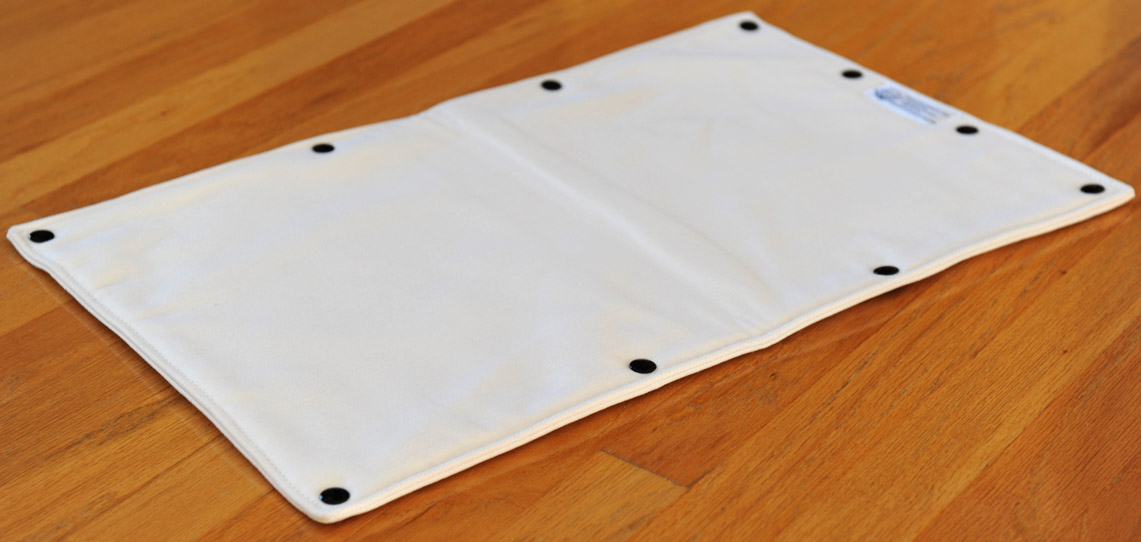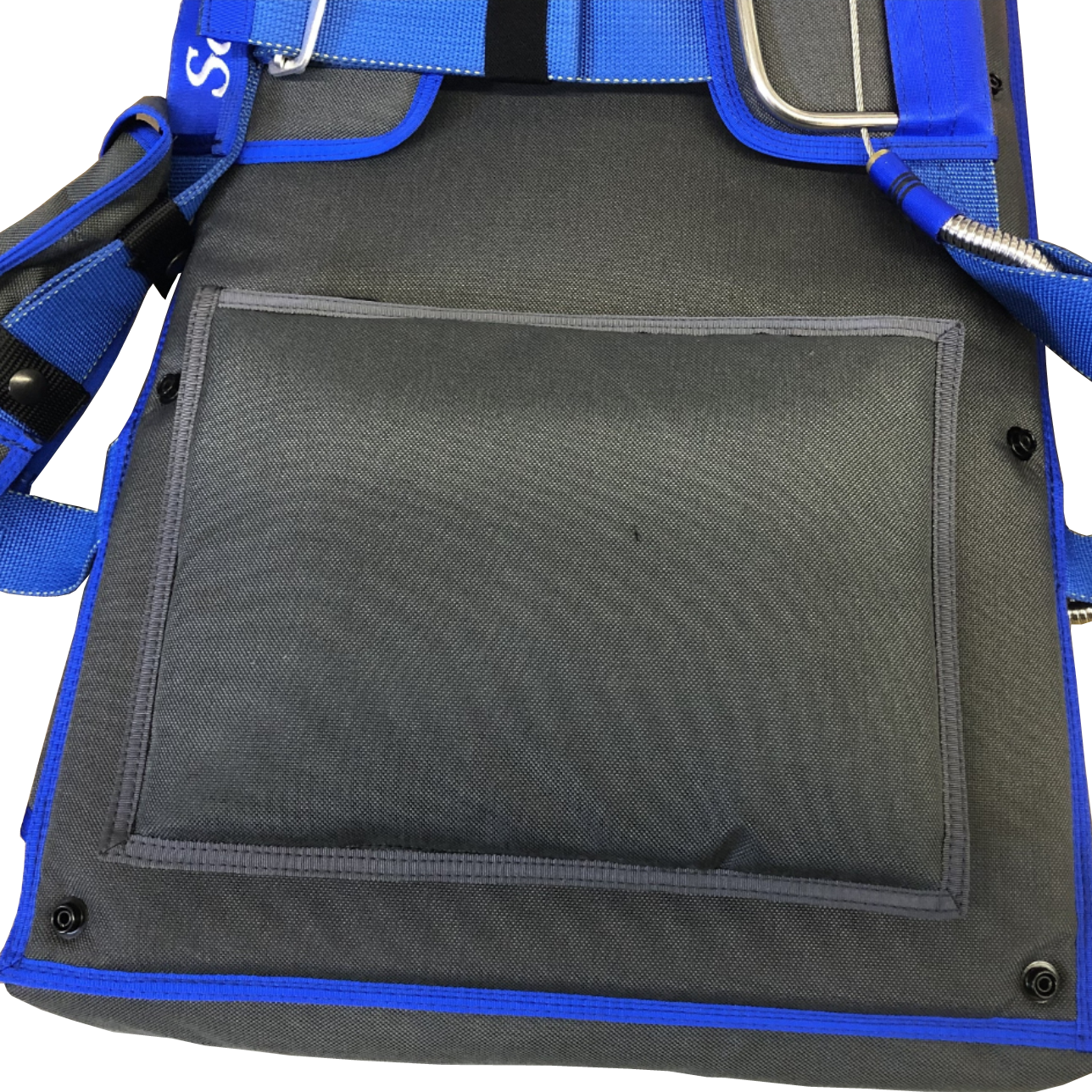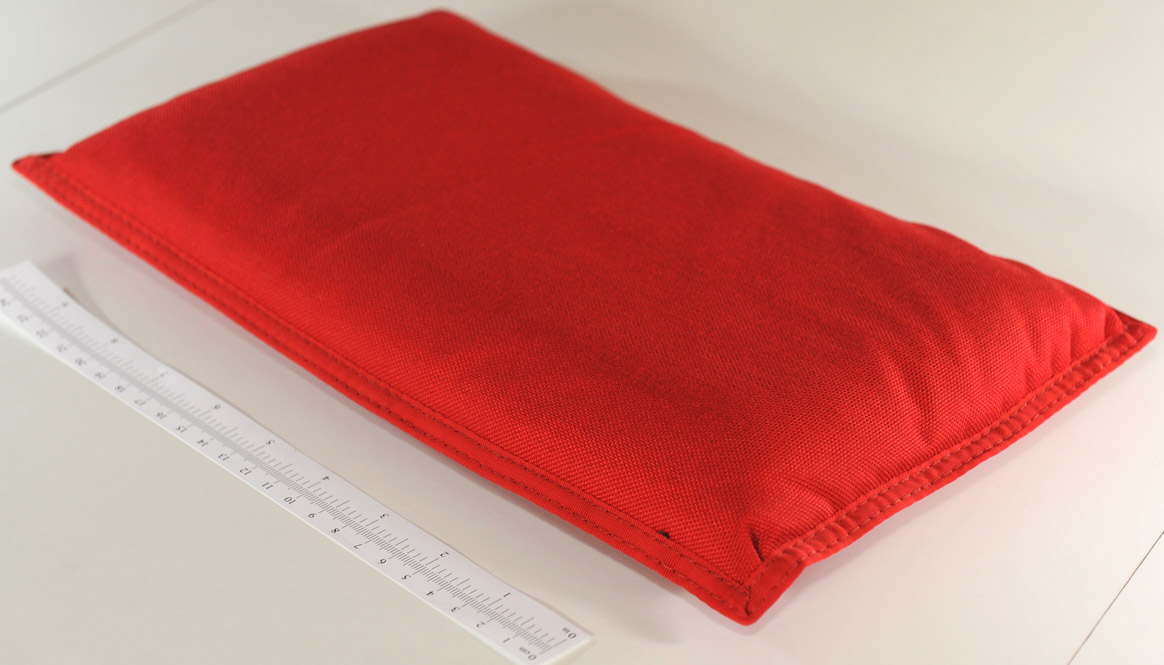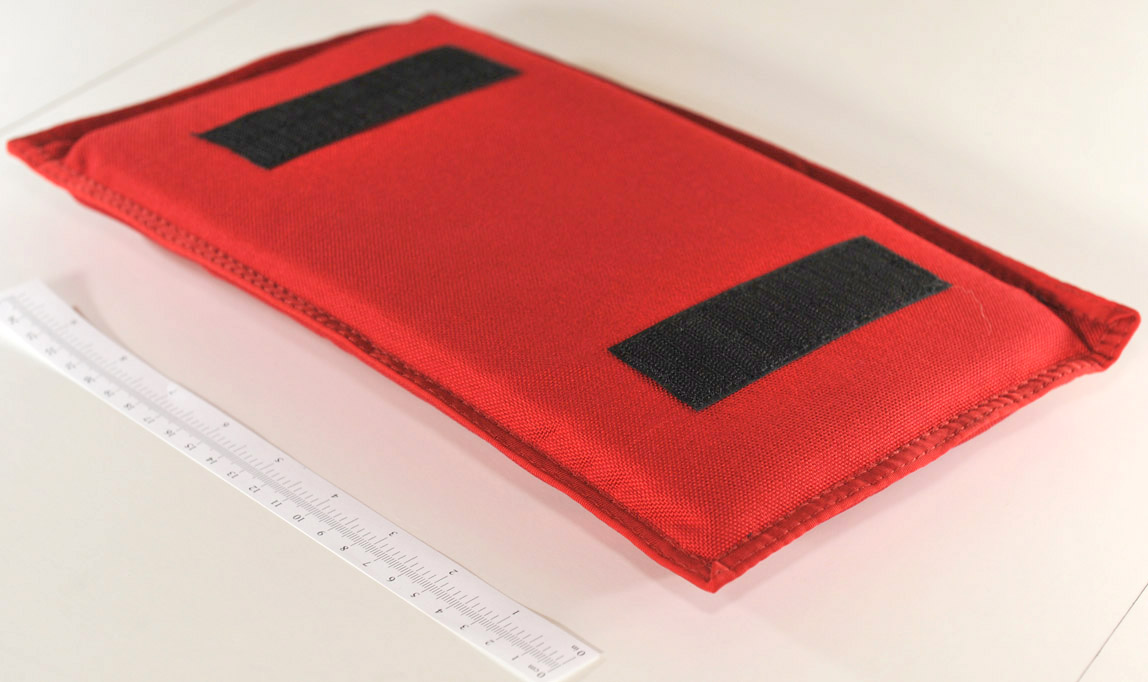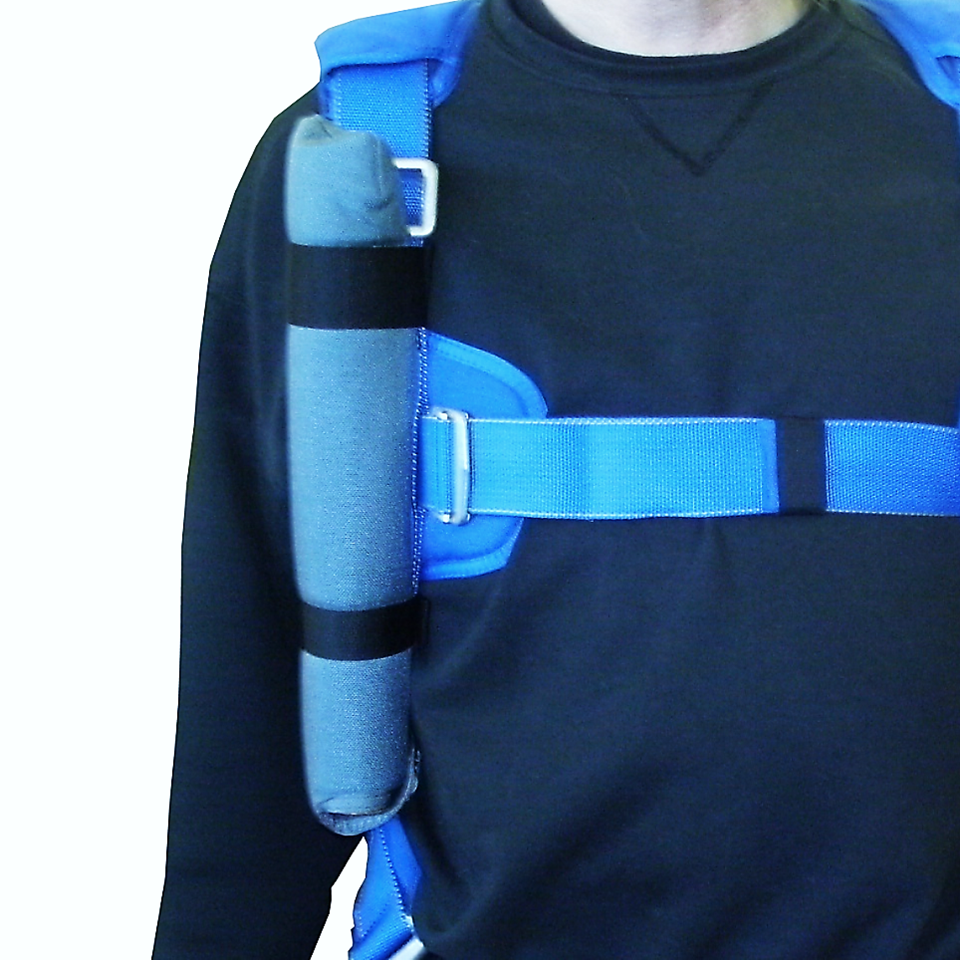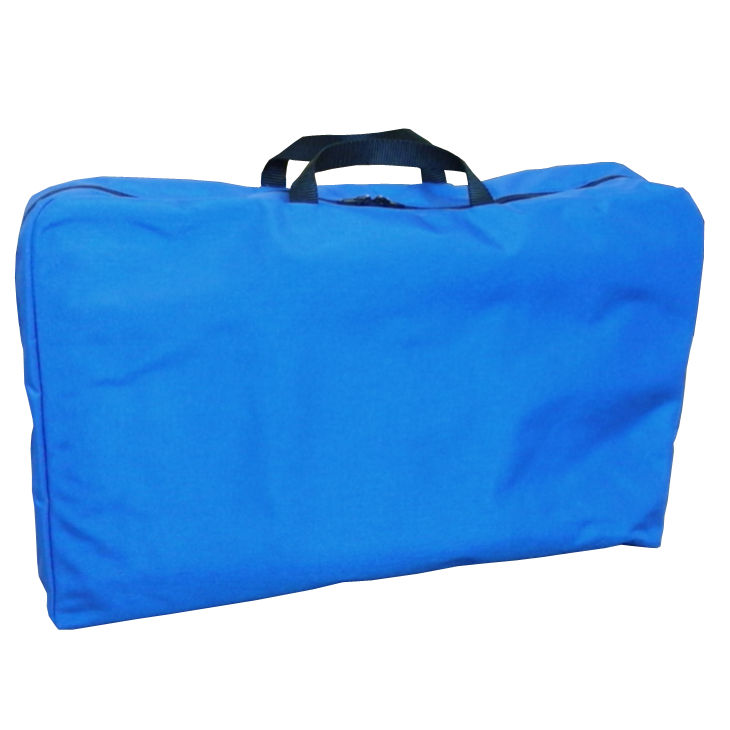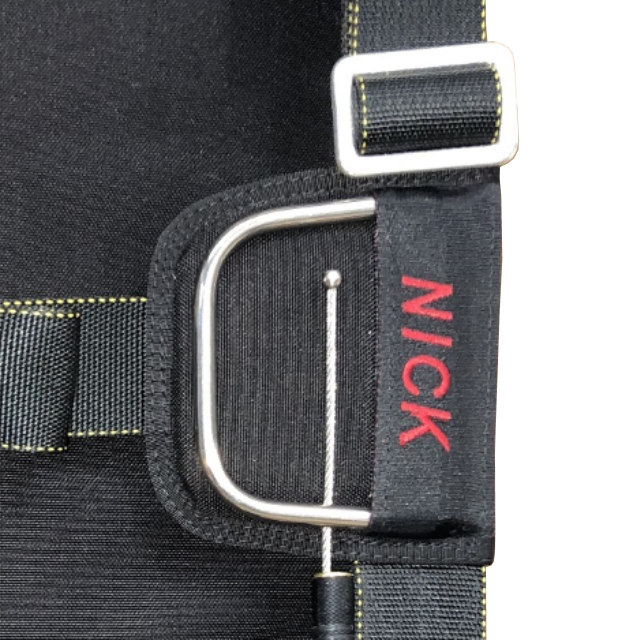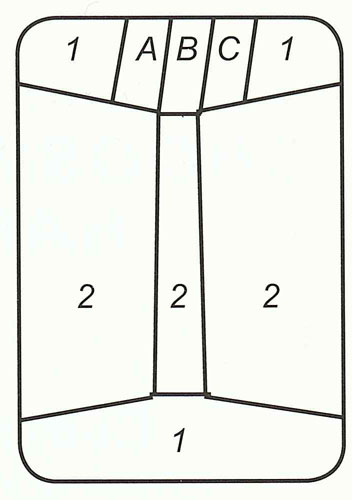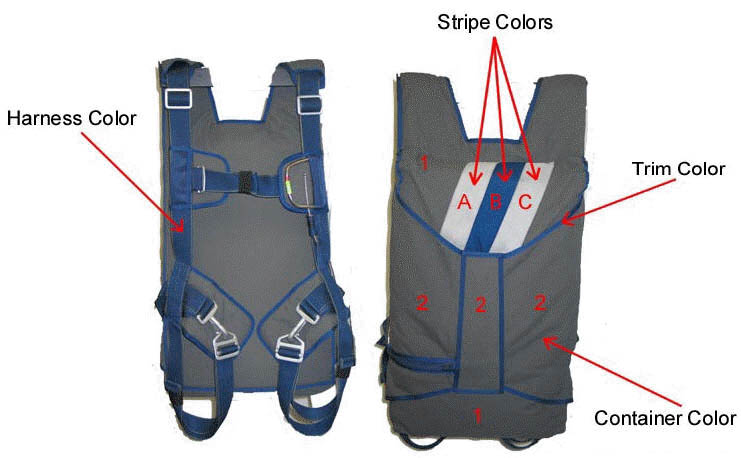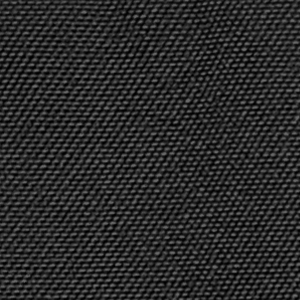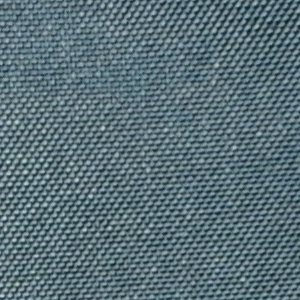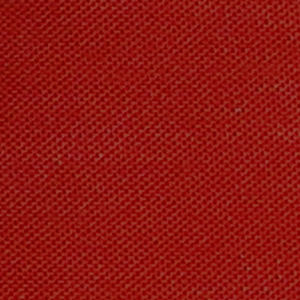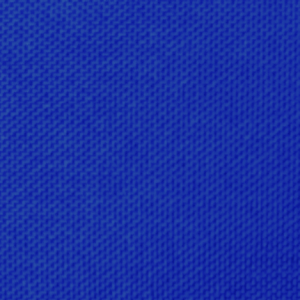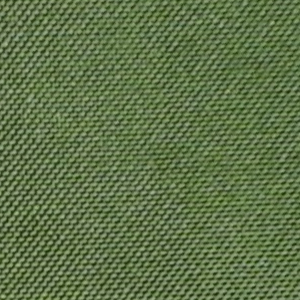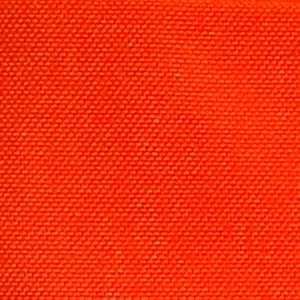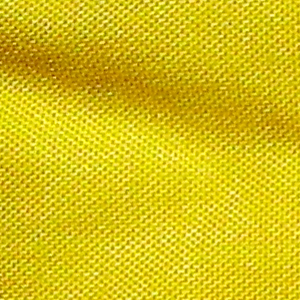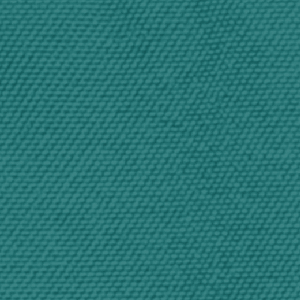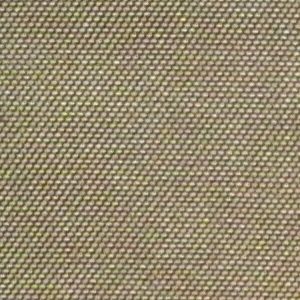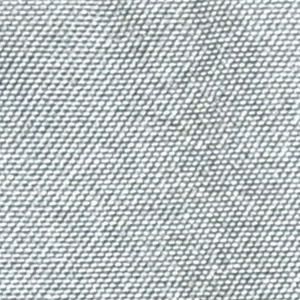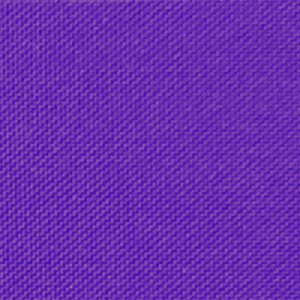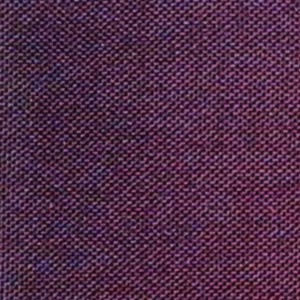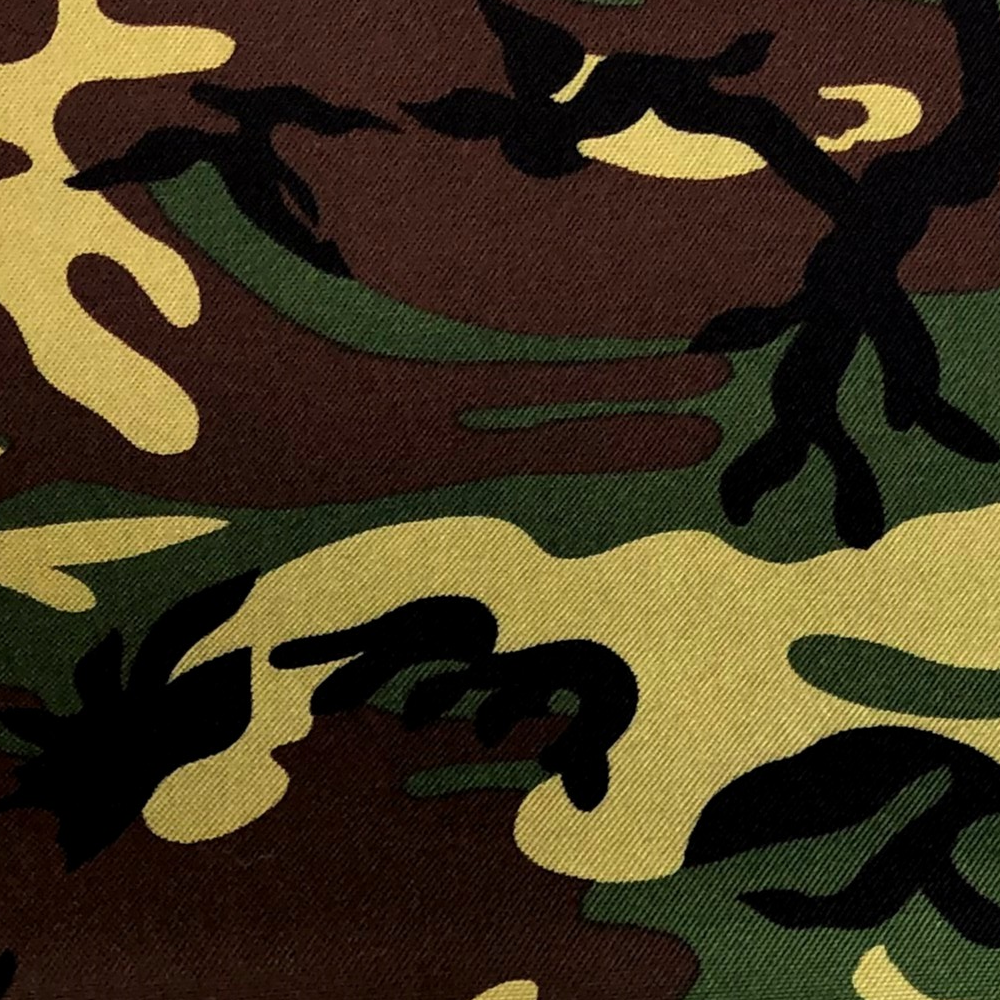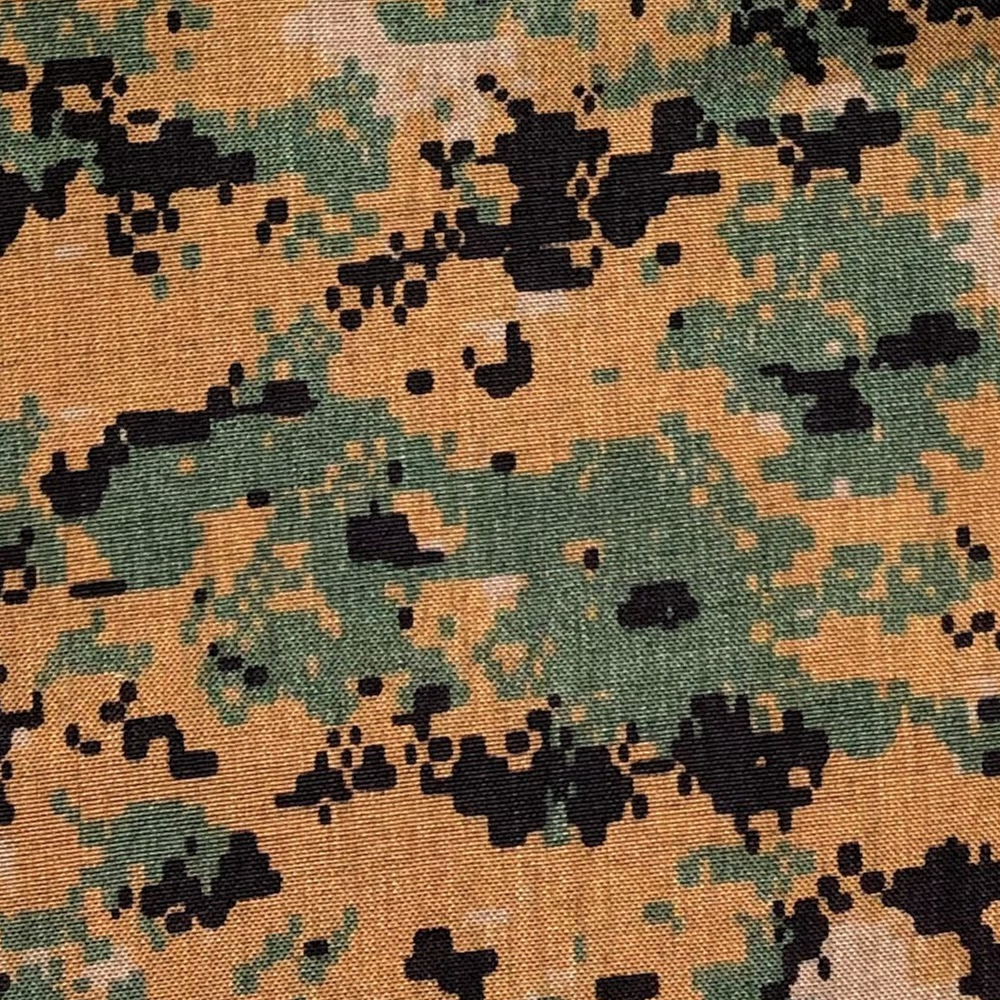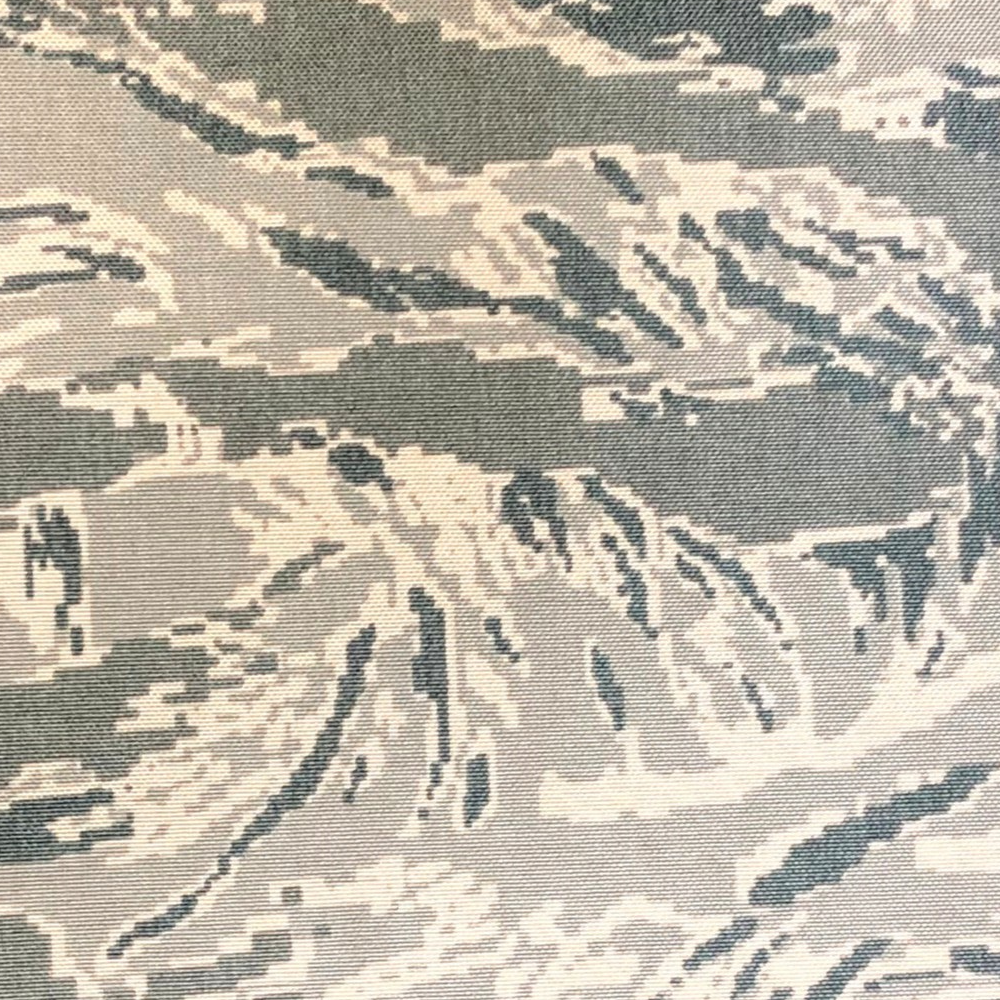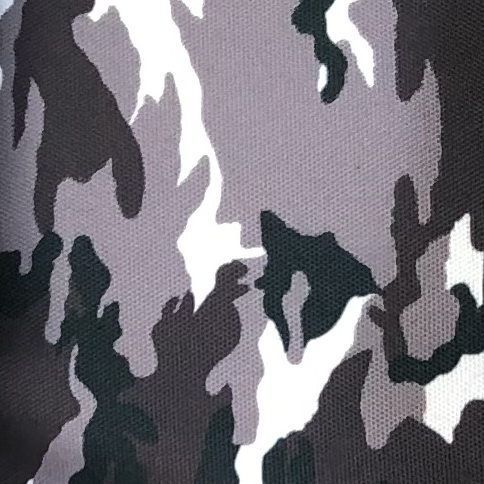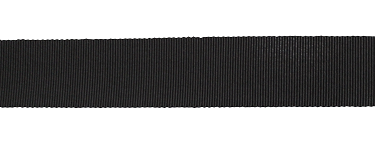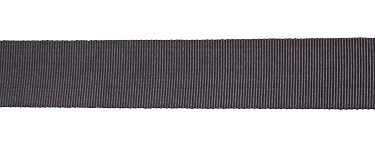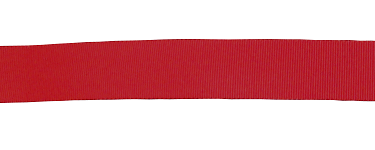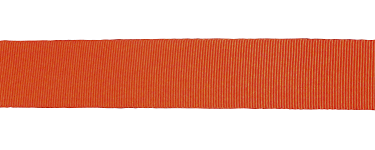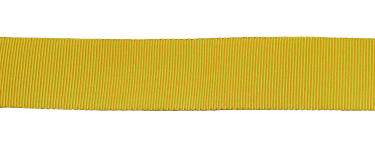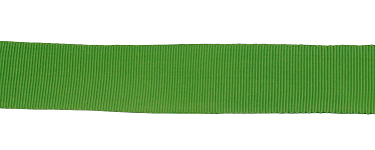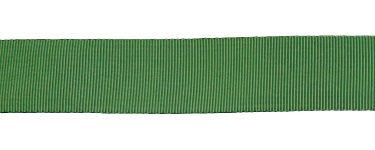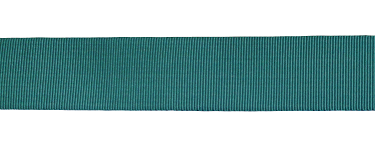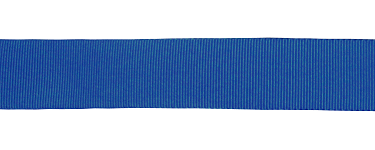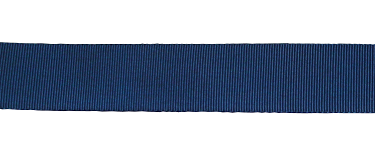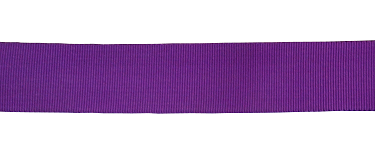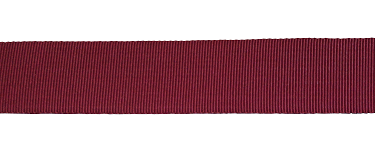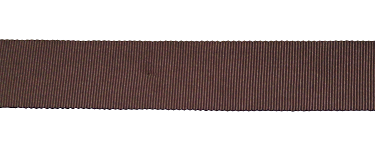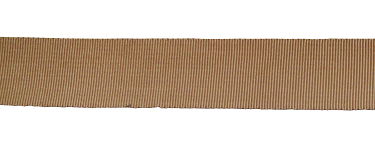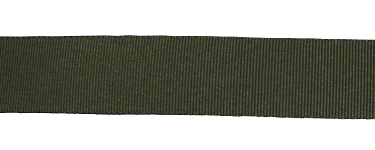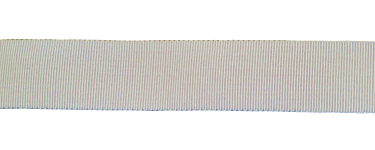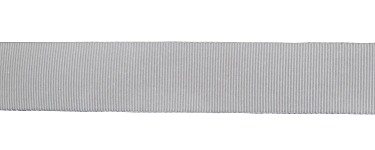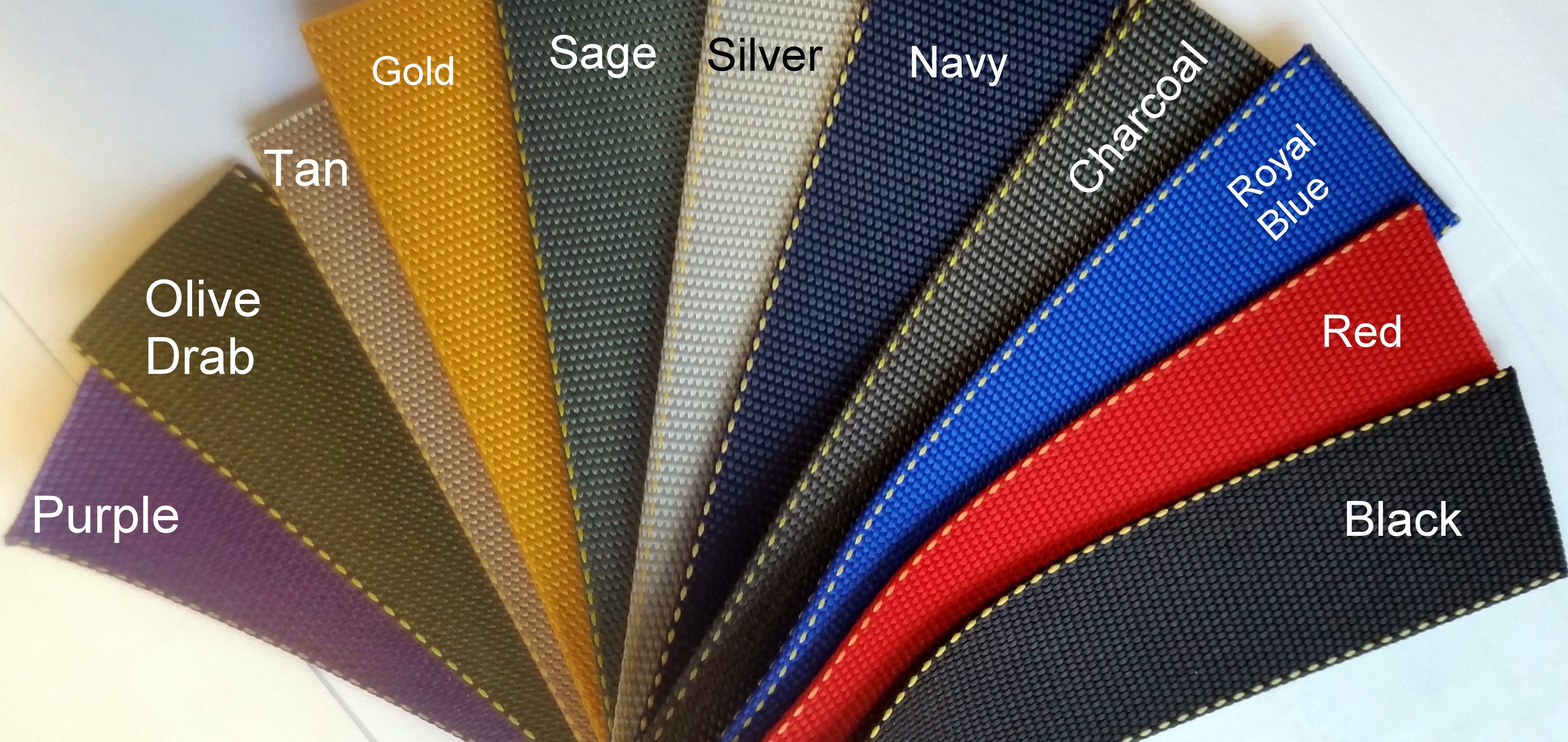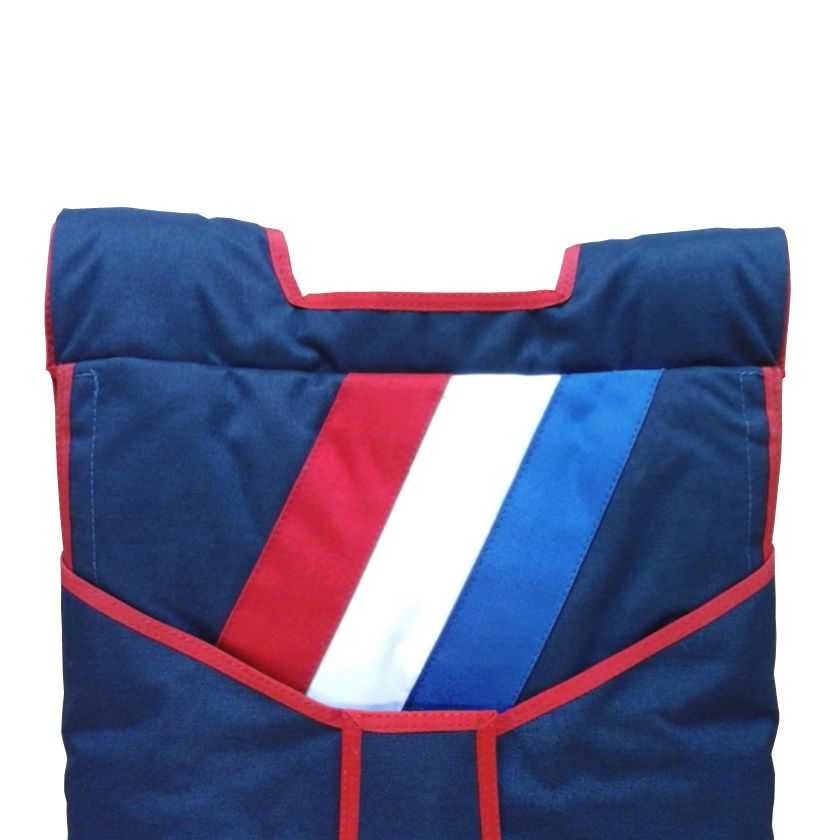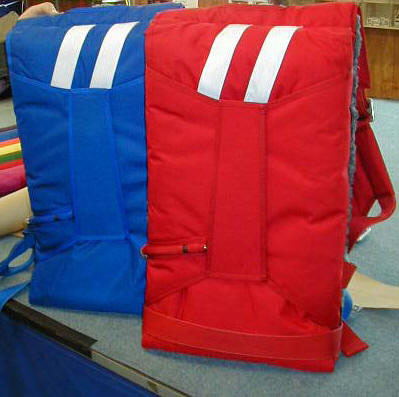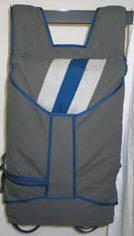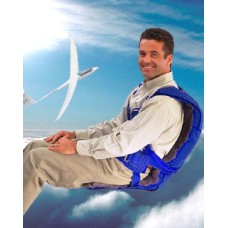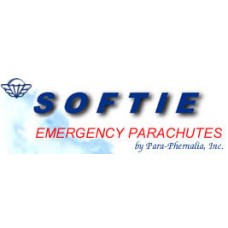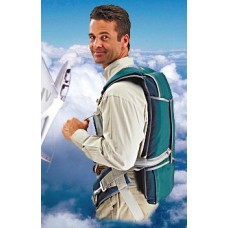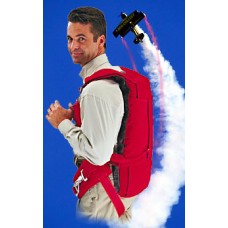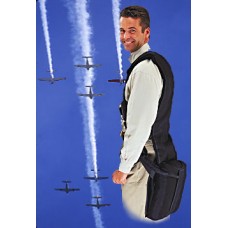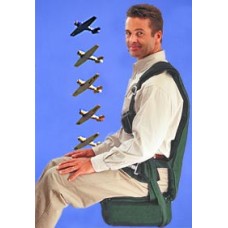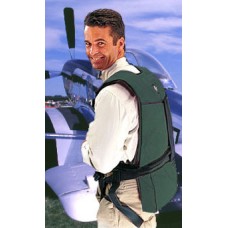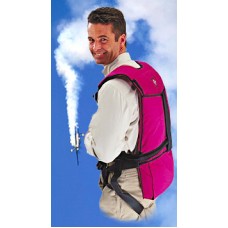Parachutes

Overview
Para-Phernalia, Inc. has designed and manufactured the SOFTIE line of pilot emergency parachutes since 1979. Our emergency parachutes are known world wide for being the highest quality, most comfortable, and reliable emergency parachutes available.
There are seven different SOFTIE models which make up the SOFTIE product line. Each can be customized to suit your individual needs. Whether you fly powered aerobatics, gliders, warbirds, or any other type of aircraft, we have an emergency parachute system designed for your application.
Using Parachutes in Gliders - My 2 cents...
The use of parachutes in gliders is very common. Many soaring clubs in the U.K. and other European countries require the use of parachutes for all glider flights. I feel very comfortable without one in the Minnesota Soaring Club's ASK-21, but I often use them for doing aerobatics in the ASK-21. I do prefer to wear a parachute in most other gliders because I feel more safe (I have young kids and a lovely wife to come home to) and I actually feel more comfortable with a parachute than with assorted seat pads. I became accustomed to wearing a parachute when I flew in my first soaring contest. There were a lot of gliders sharing the same thermal and many pilots were spending too much time looking at their flight computers. Since then I feel a little naked without one. I am tall (6' 3") so I fly with a Long Softie (extra long version) with the sheep skin pad option, Confor Foam seat cushion option, and lumbar support pad option.
Popular Products
The most popular parachutes for use in gliders are the Long Softie and the Mini Softie. The Micro Softie is also popular with lighter pilots.
Choosing the Proper Emergency Parachute
Customer Testimonials
Softie Parachute Owner's Manual, Packing Instructions, Care and Maintenance
Terminology
- Backpack Type Parachute - The parachute and lines are stored in the container which is mounted on the back. There is no seat cushion as found on chair type parachutes. This type is best in airplanes that have seats that accommodate a back mounted parachute. Both backpack and chair types are commonly used in sailplanes - depending on how the seat pan of the glider accommodates the parachute and pilot. Chair type parachutes are usually a bit thinner than backpack type parachutes. Variations of the backpack type include Softie's wedge designs, thick at the bottom and thin at the top, which specifically add lumbar and sacral support during high, positive G maneuvers.
- Canopy - The fabric of the parachute that slows your decent
- Chair Type Parachute - The canopy and lines are stored in the back of the container just like in a backpack parachute. The rig extends down below the part that holds the canopy and padding is used to make a comfortable seat to sit on. The transition from the part that contains the canopy and the padded seat is smooth. That can be a major advantage in glider cockpits that are very reclined when compared with a backpack style parachute which goes from full thickness to no thickness at the bottom of the rig. Both backpack and chair types are commonly used in sailplanes - depending on how the seat pan of the glider accommodates the parachute and pilot. Chair type parachutes are usually a bit thinner than backpack type parachutes. Therefore the chair type may be best for tall pilots trying to fit into a cramped glider cockpit. Another advantage to the chair type is that there is no need to use a seat cushion. I have found that it can be awkward trying to adjust the position of both the backpack parachute and a separate seat cushion. That is not an issue with a chair type because the seat cushion is an integral part of the parachute.
- Container - The Cordura Nylon package into which the canopy and lines are packed
- Control Toggles - Loops attached to the risers and used to steer the canopy. Pull on the left toggle to turn left and the right toggle to turn right.
- Harness - The straps around your torso and legs that support you if you need to use the parachute to descend. See the 2 harness types (Conventional and Aerobatic) in the harness options list below.
- Parachute (or "rig", or "kit") - The entire assembly, including the canopy, container and harness. The term "rig" is common in the U.S. The term "kit" is used often in Great Britain, Australia, New Zealand, and by other Europeans who learned British English.
- Ripcord - The handle and cord assembly used to open the parachute.
- Risers - Straps running between the shoulders of the parachute harness and the lines that attach to the canopy
- Seat Type Parachute - The canopy and lines are packed into the container that you sit on. It is designed for use in aircraft that simply have no room for a backpack type parachute. The harness extends across the back, but the canopy and lines are stored in the seat (see the Seatpack Softie). This type is often confused with the chair type parachute design.
- Type - "Type" denotes an FAA regulatory category, also related to rigger certifications. The four "types" are back, chest, seat, and chair. Most riggers are sport parachutists, qualified to pack back types only.
- Wedge Type Parachute - There really is no "Wedge Type". It is really a variation of the backpack type, specifically designed to add lumbar and sacral support during high, positive G maneuvers. It is thickest at the bottom and thinnest at the top.
Options
Each Softie Emergency Parachute System comes with your choice of Conventional Harness or our exclusive Aerobatic Harness. You may also choose from a number harness and container options to customize your Softie to your individual needs. Options can be selected when ordering.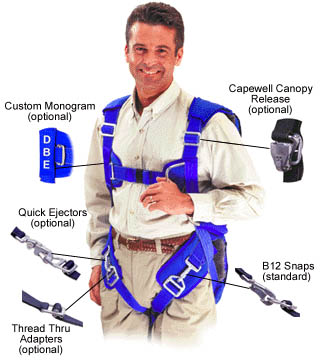
Harness Options
Container Options
|
LongSoftie
- PopularThe chair style Long Softie is designed to conform to and maximize the comfort of the..
$3,695.00
LongSoftie-Seat-Cushion
Confor Foam Seat Cushion for use in Long SoftieA 1" thick Confor Foam (blue - medium density) energy..
$50.00
MicroSoftie
A narrower and shorter version of the Mini Softie, the Micro Softie is designed to fit and stay secu..
$3,595.00
MiniSoftie
- PopularThe Mini Softie is an extremely small, lightweight and comfortable backpack parachute..
$3,595.00
SeatpackSoftie
The Seatpack Softie is designed for use in aircraft that simply have no room for a backpack style pa..
$3,795.00
WarbirdSeatpackSoftie
A seat pack that is designed to fit into the older style “bucket” seats found in warbird aircraft. T..
$3,795.00
WarbirdWedgeSoftie
The WARBIRD WEDGE SOFTIE incorporates the same wedge shaped design as our popular standard Wedge Sof..
$3,795.00
WedgeSoftie
A wedged shaped version of our popular Mini and Micro Softies, the Wedge Softie is designed specific..
$3,595.00

